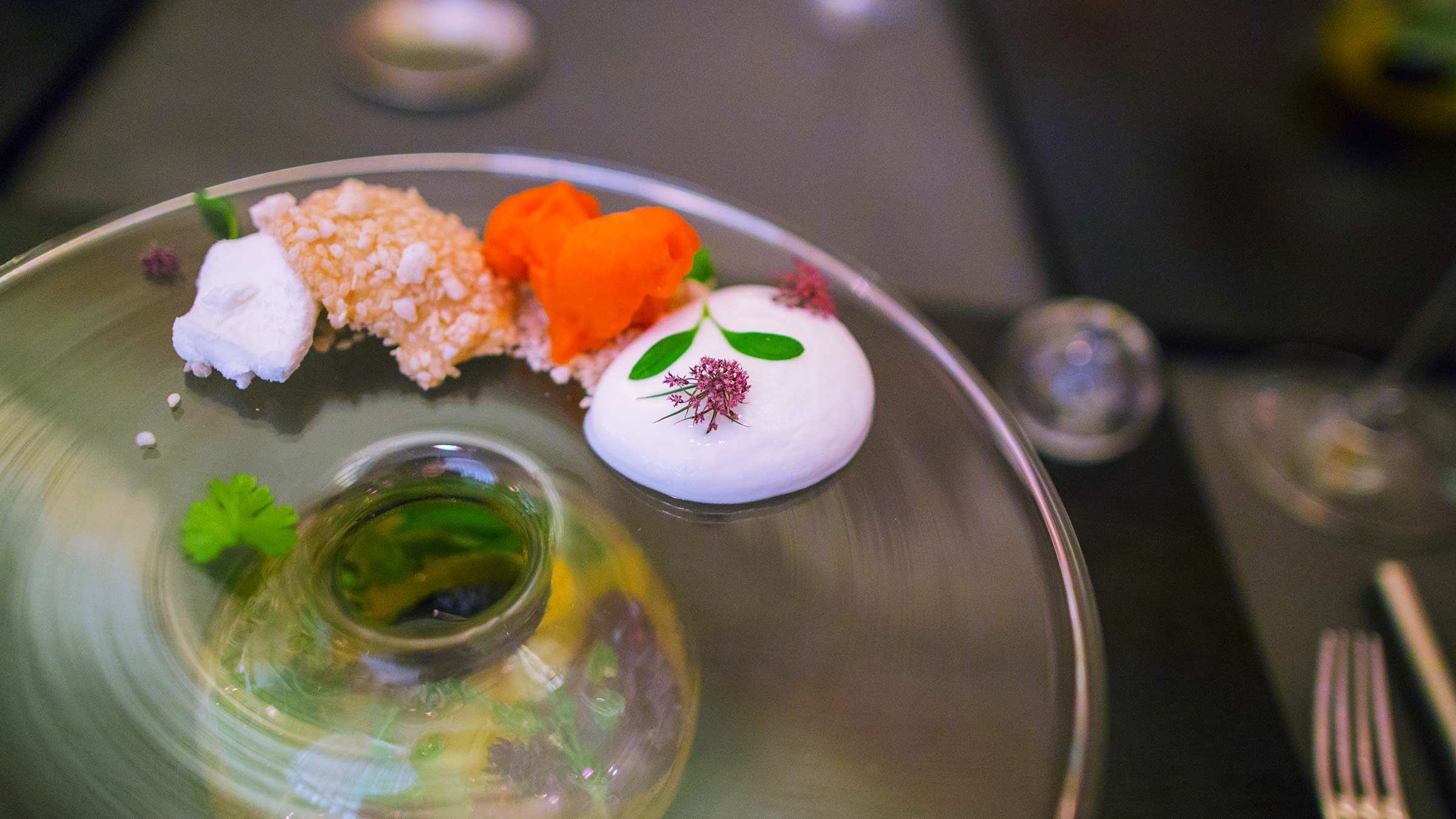Best in the world’ awards and lists are very rarely perfect, mainly because they can suffer from judges being subjective and a bias towards established centres like New York, London and Paris. So it was refreshing to see Restaurant Magazine’s official run-down of the top 50 restaurants worldwide this week! With impeccable judging credentials, and an incredibly diverse list of entries, it is possibly closer than anything else to being a definitive document of the greatest global dining establishments. I thought it would be interesting to take a look at what the top 50 can tell us about the arena of couture cuisine, and whether there are wider lessons that the consumer industries can take away.
The remarkable thing that jumped out at me when looking through the list was the sheer breadth of locations that have been included – 22 different countries are represented in the top 50! As well as the classic locations of world-beating dining, Restaurant Magazine have included more esoteric countries such as Thailand, Mexico, Sweden, Belgium and Peru. This isn’t forgetting Copenhagen’s Noma, either, which has taken the top spot in three of the last four years. The reason the list referenced so many unusual places is that Restaurant polls up to 900 experts in the list’s compilation, enabling as many different restaurants to be assessed as possible.
This stems from the growing variety of situations, as well as geographic locations, in which top-level dining can be found nowadays. I was struck by the fact that many entries (such as Mandarin Oriental’s Dinner by Heston Blumenthal, COMO Hotels’ Nahm in Bangkok and more) come from the thriving market for hotel-based dining experiences. The hotel sector has always hosted exceptional restaurants – Pierre Koffman and Marcus Wareing are currently in residence at London’s Berkeley hotel simultaneously, for instance – but there seems to be more choice and greater experimentation than ever before. This trend has emerged from the lavish spaces hotels can occupy, giving theatre to a chef’s creations. Hotels also give the chefs themselves room to be more adventurous, as the arrangement provides a more solid financial base than a start-up restaurant. It looks like the situation works well for both parties, then!
One of the magical things about long lists like this is the way in which it’s possible to read about restaurants that you’ve never heard of, only to discover they are doing fantastic things. This year, Chicago spot Alinea came 9th, to the surprise of co-founder Nick Kokonas, who said: “I fully did not expect to be in the top 10 this year […] Our staff see that ranking, and it’s really gratifying.” I love that guides like this can change a business’s profile overnight, bringing in additional revenues and acclaim, making the hard work worthwhile.
Among all the celebrations from the highest-ranking establishments, I was interested to see that London restaurants only make up two of the top list – Heston Blumenthal’s Dinner and the Ledbury, helmed by Brett Graham. For one of the world’s great cultural centres, London seems to be a little poorly represented, but there are exciting new offerings on the horizon. We shall see what Simon Rogan can do at his new offering at Claridge’s , for example, or even whether smaller high-end groups like Hakkasan can crack the top 50!
The principle of prizes like this bringing life-changing recognition has numerous parallels elsewhere in the business world; can you think of another business that has had its fortunes changed by an award? Let me know at moira@thembsgroup.co.uk, and have a lovely weekend.








